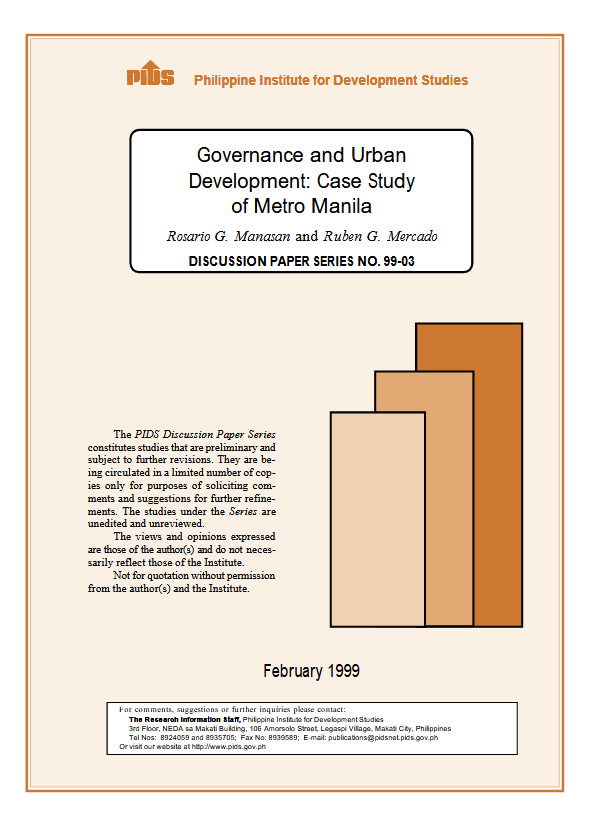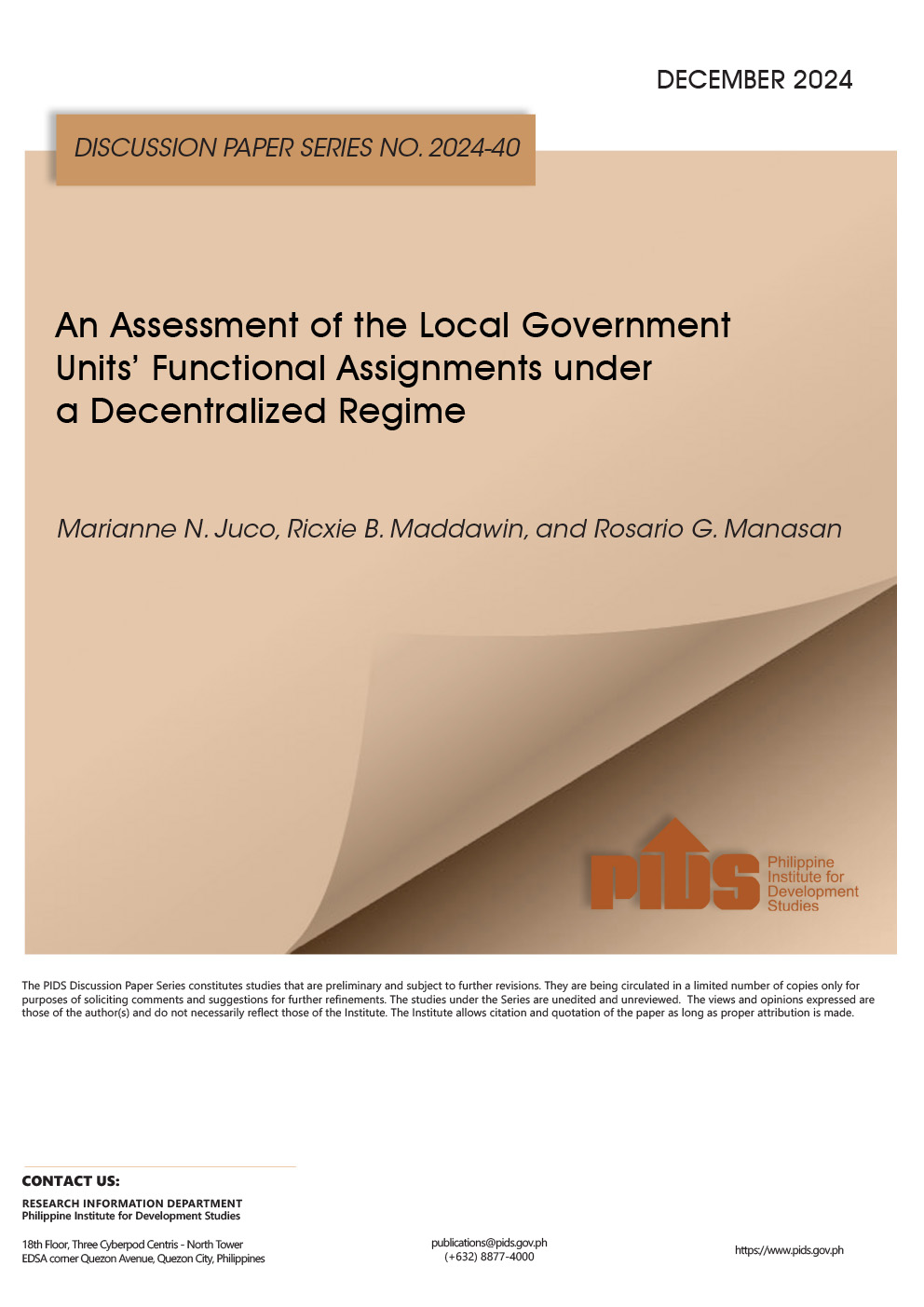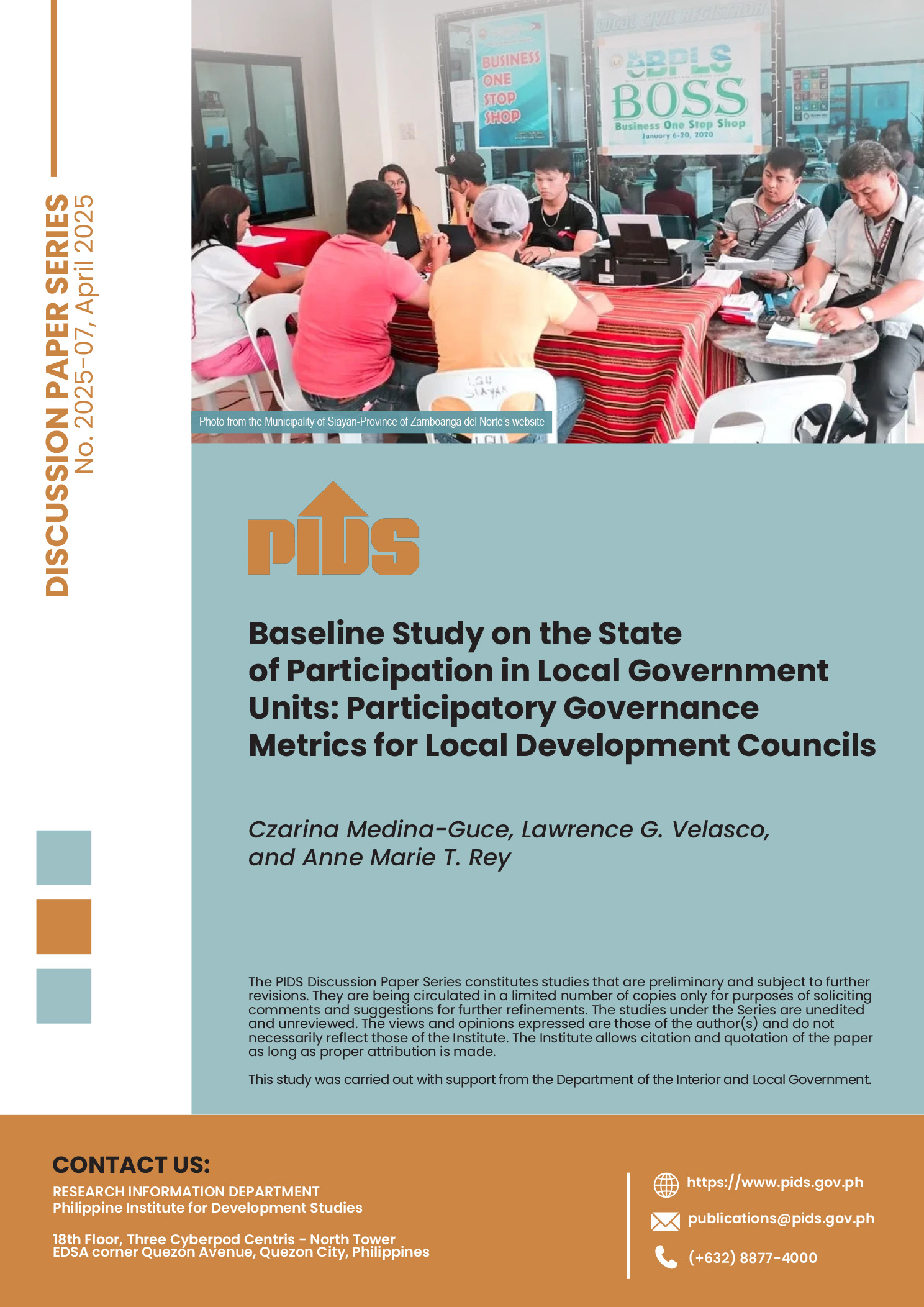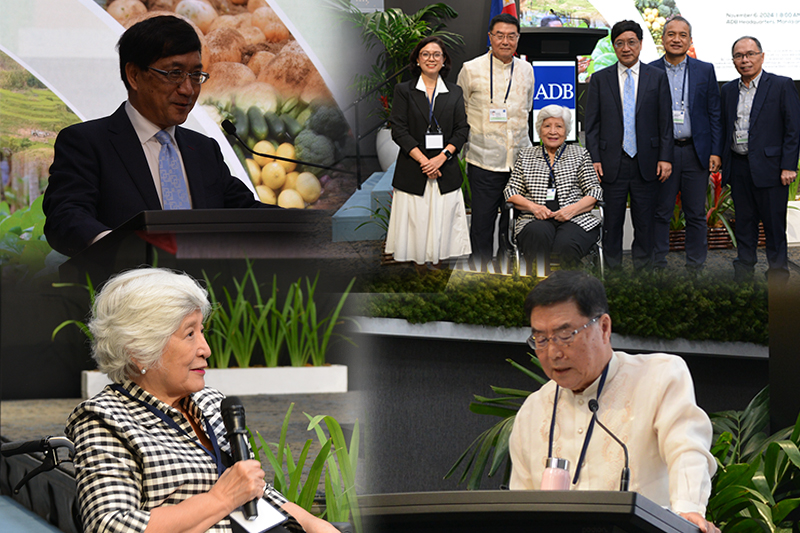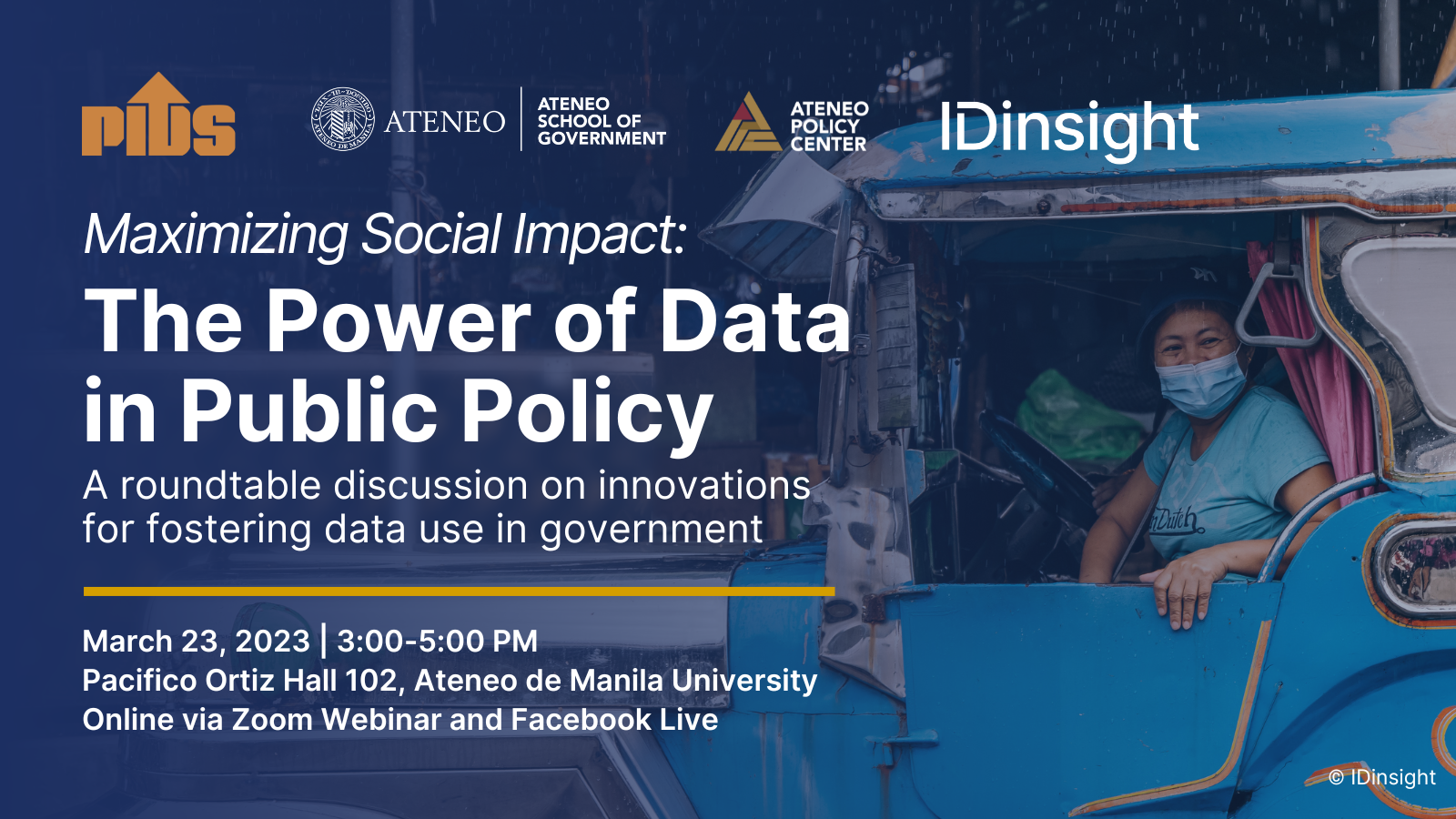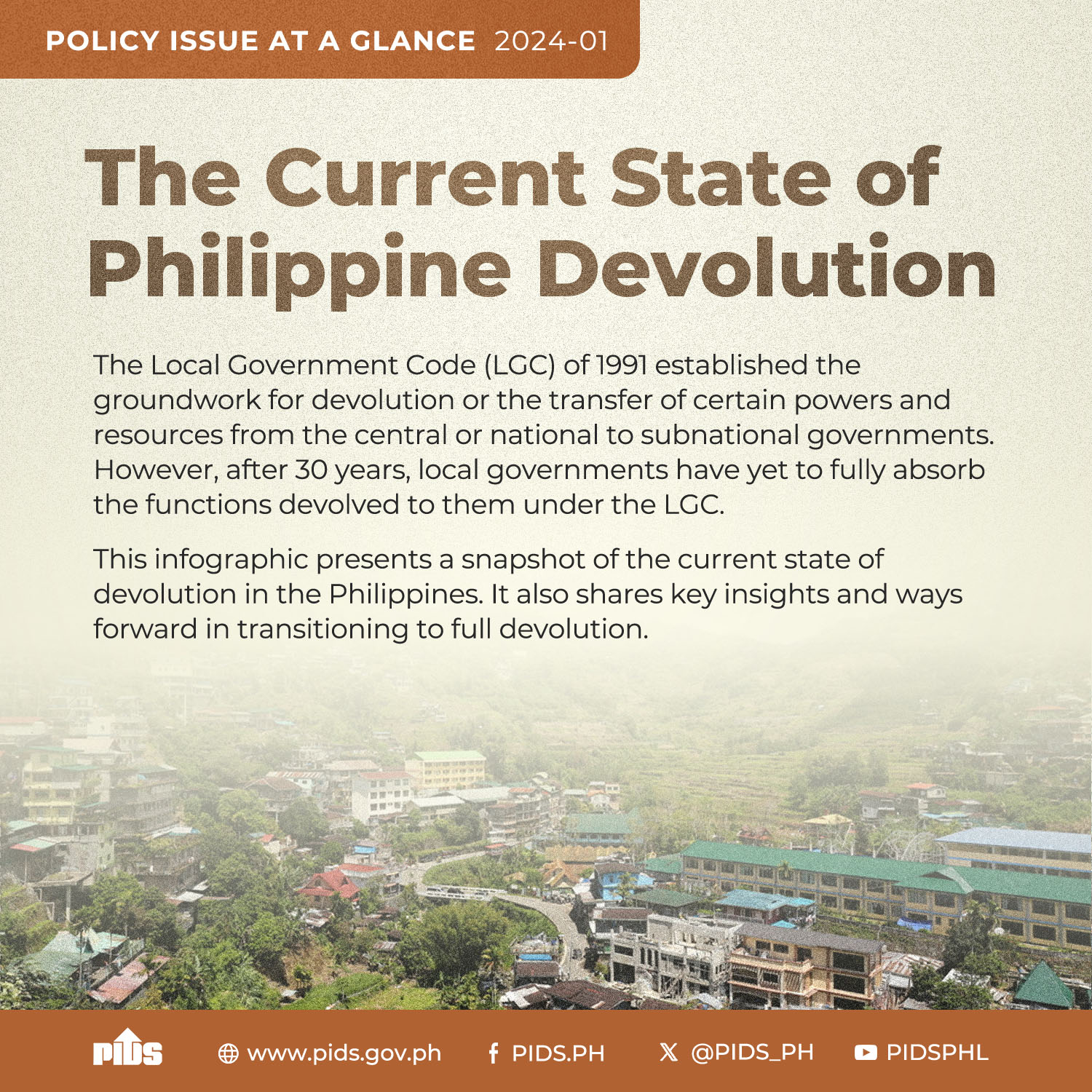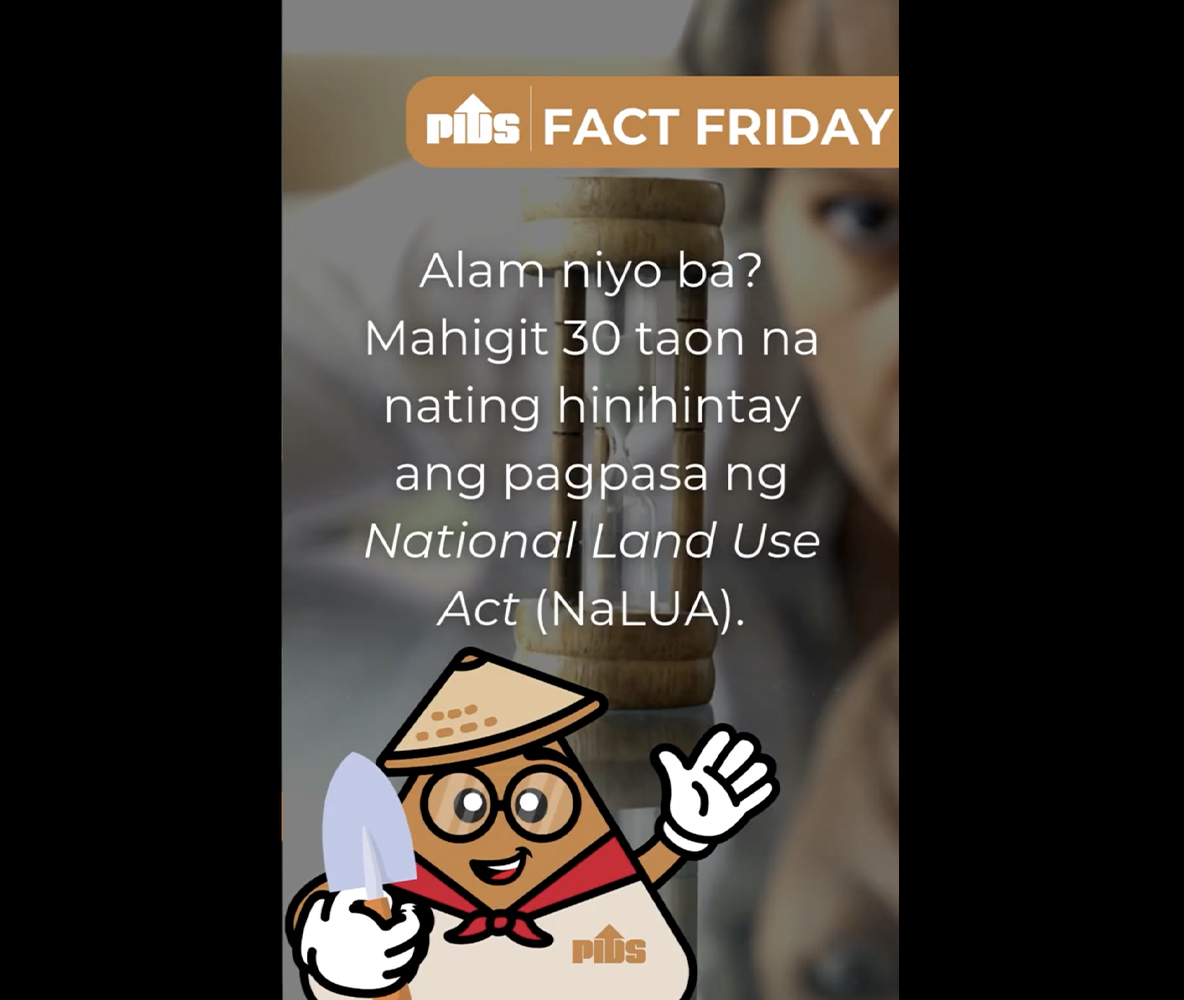This paper explains the evolution of the metropolitan organizations that have been established to oversee the development of Metro Manila, provides a survey of their responsibilities, authorities, organizational structure, financing, institutional relationships as well as briefly assess their strengths and weaknesses. It then discusses the major management challenges in Metro Manila at present and how they are being addressed under the current set-up. Under the present decentralized framework, governance of Metro Manila becomes more challenging as cities and municipalities that compose it have political legitimacy and significant powers and authorities relative to the Metropolitan organization. However, the paper has emphasized that with proper allocation of powers, authorities and financing, the metropolitan body can take on a more important role in terms of actual delivery of metro-wide services. While the present metropolitan body appears to have taken on more responsibilities in the delivery of services transcending local boundaries, still a large part of these metro-wide services still remain with the national government agencies. This is primarily explained by the fact that while the national government has continuously provided subsidies to the metropolitan body, it still allocates a sizeable portion of the budget for metro-wide services to the national government agencies. These agencies, being line departments, are inherently concerned with their own sectoral priorites rather than serving the needs of the metropolis per se. Consequently, the metropolitan body is left with very difficult task of having to orchestrate the sectoral programs of various national government agencies, including metro-wide services. This situation not only makes government effort almost intractable but also increases costs in terms of both manpower and financial costs. The advantage of metropolitan governance under a decentralized framework is that it allows the local government units within the metropolis to respond directly to the priority needs of their respective constituents by seeking creative means to deliver urban services. This is attested to by the innovative programs and projects some cities in Metro Manila have implemented which have been included in this paper under the discussion of models of good city governance.
Citations
This publication has been cited 4 times
- Capuno, Joseph J.. 2005. The quality of local governance and development under decentralization in the Philippines. UP School of Economics Discussion Papers 200506. University of the Philippines School of Economics.
- Cirunay, Michelle T. and Rene C. Batac. 2018. Statistical signatures of the spatial imprints of road network growth. International Journal of Modern Physics C (IJMPC), 29, no. 10, 1-16. World Scientific Publishing Co. Pte. Ltd..
- Emma Porio. 2009. Shifting spaces of power in Metro Manila. City, 13, no. 1, 110-119. Taylor & Francis Journals.
- Meerow, Sara . 2017. Double exposure, infrastructure planning, and urban climate resilience in coastal megacities: A case study of Manila. Environment and Planning A, 49, no. 11, 2649-2672.

